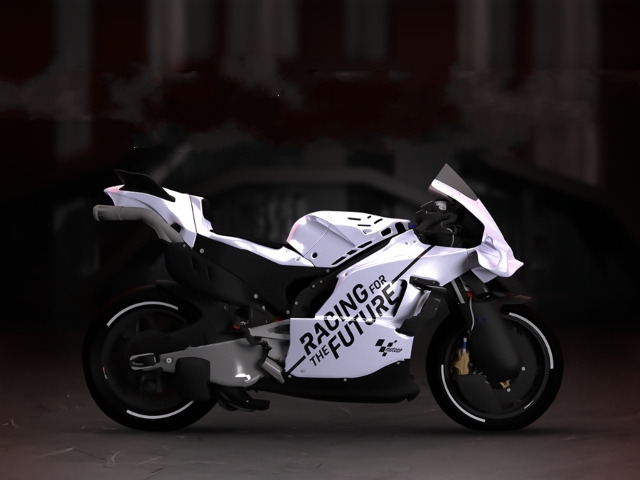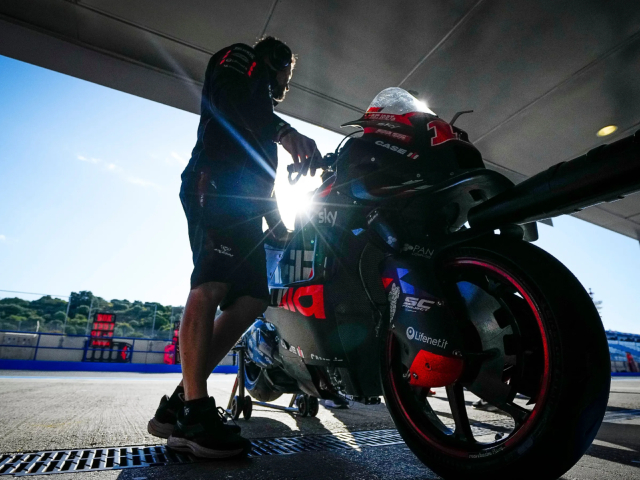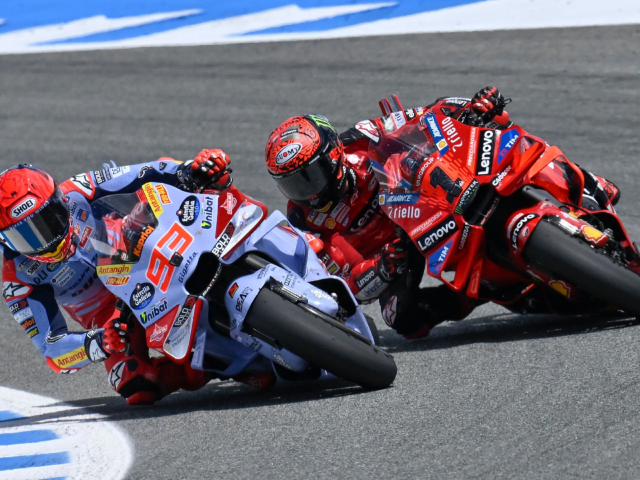
The new 2027 MotoGP technical regulations confirm new engines, cleaner fuel, lesser aerodynamics and more
While the FIM MotoGP World Championship is widely known to be one of the greatest racing series on the planet, the sport does need a shake up from time to time to keep things fresh. Other reasons can also be narrowed down to helping attract newer manufacturers, control costs and even improve racing abilities of the bikes. Most of this is achieved via changes to the technical regulations and MotoGP bikes will be quite different from 2027 onwards.
What’s Changed?

For starters, the engine displacement has been downsized from 1,000 cc to 850 cc, the first displacement change since the 2012 season. What’s more, the maximum cylinder bore will be reduced from 81 mm to 75 mm. What hasn’t changed here is the fact that the engines will continue to be four-stroke, four-cylinder units. The number of engines allowed in a season will also be reduced from seven to six in the event of a 20-race calendar. The fuel tank capacity will be reduced from 22 litres to 20 litres for the Grand Prix, while the tank capacity for the Sprint will be limited to 11 litres. Another change in this area is the fact that MotoGP will be moving from 40 per cent sustainable fuels to fully sustainable fuels.

Another key area of change will come from the aerodynamic side as while modern MotoGP machinery with all its aero wizardry make look like works of art, the dirty air generated from all that downforce has played a part in the difficulty of riders following closely, leading to a slow decline in wheel-to-wheel racing. As for the changes, the width of the top of the front fairing will be 50-mm narrower and the nose will be pushed back 50 mm. Also, the rear aerodynamics will now need to be homologated as part of the aero body and only one update within a season will be permitted. Another crucial change for the bikes will be that there will be an all-out ban on any ride-height and holeshot devices. Also, the minimum bike weight will be reduced from 157 kg to 153 kg.

On to the sporting side of things, the current concession system will continue as is, with the manufacturers from 2026 starting 2027 as Rank B. This means engine development is frozen, only three wildcards will be allowed per season, no in-season testing is allowed for the main race riders, and 190 tyres will be allocated for testing. Meanwhile, new manufacturers will be able to start as Rank D which allows unlimited engine development and testing with race riders with six wildcards allowed and 260 test tyres allocated. That being said a manufacturer’s rank will be reassessed mid-season.

Will the new MotoGP technical regulations for 2027 and beyond provide just the right ingredients to improve upon the already incredible spectacle? Well, only time will tell as 2027 is still three years away. That being said this could potentially jumble up the grid.


Leave a Reply